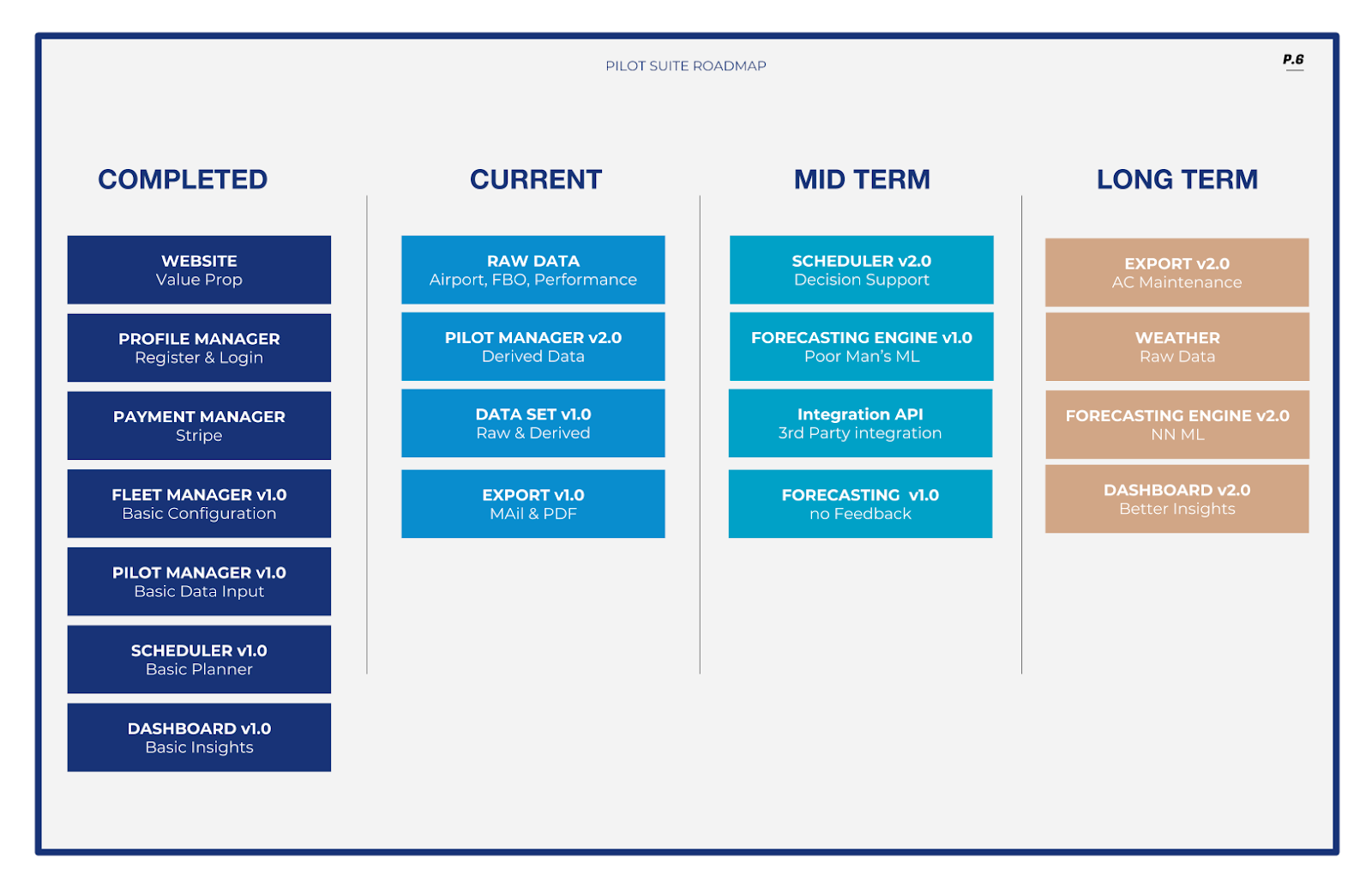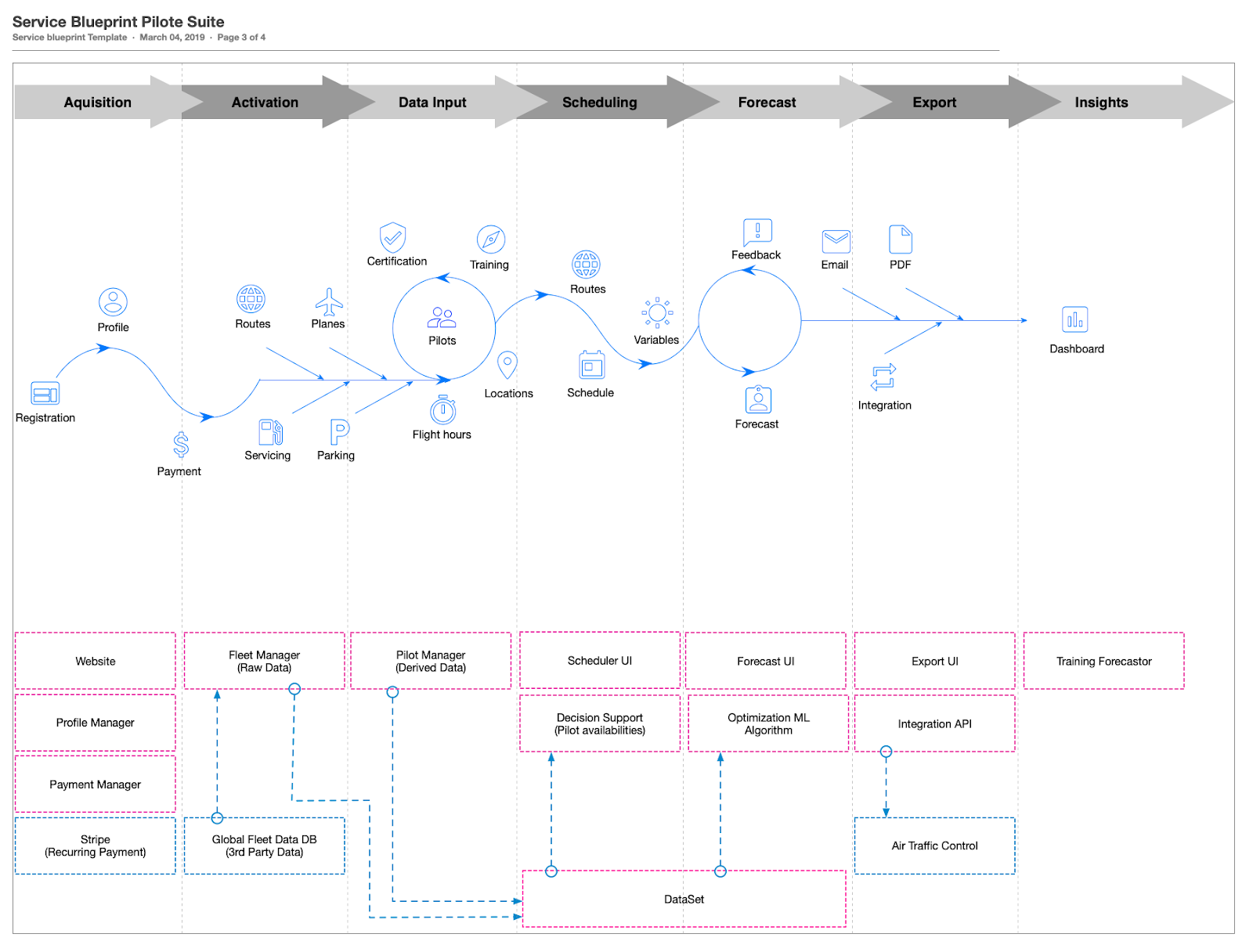This post originally appeared on the Bain Public blog.
At Bain Public, we have learned a lot in the many hours and conversations spent mentoring, advising and consulting in product management. Companies that don’t have a simple and clearly defined roadmap are likely to fall into the sorry category of those that have failed to execute their product strategy, or worse, those that never even had one in the first place.
Getting it wrong comes in two forms: building the wrong product and building the product wrong. Furthermore, building the wrong features negatively impacts growth and valuations, and building features that don’t count are an insanely huge opportunity cost for a business. Smart team members work hard to make what they think is the right decision. But, the end result is engineers creating a product with “must-have” features in which customers are not willing to pay. All of this leads to feature bloat and indigestion. In fact, more companies die of indigestion than starvation.
Founders or C-suite executives assume that the vision described in a business plan, pitch deck or through a patented prototype, will ensure competitive success. They fail to appreciate the necessity of having a simple, clear, succinct product roadmap that everyone can internalize and use as a guiding light for making difficult choices. They prefer building a feature factory, measuring output over outcomes. No one is thinking about the most important questions: is any of this really working? Is any of this complexity adding business value?
A problem understood is a problem half-solved: Narrow your focus for extraordinary results
A good product roadmap is one of the most important documents an organization can develop, publish, and continuously update. It’s an operational plan that highlights the product’s quarterly development activity over a rolling 12-month period.

A well-understood product roadmap aligns behavior within the business. It allows everyone in the organization to make individual choices that reinforce one another, rendering employees exponentially more effective. The big question is: What goes into a good product roadmap?
There is no hard and fast rule on how to build a great product roadmap. Yet, there are principles one should follow, questions one must ask, and tools one can use. The importance is to start focusing on outcomes and not output. Figure out how to create outcomes from your roadmap through product initiative prioritization.
Developing a strategy
How then, should a company go about crafting its product roadmap? Obviously, the first step is to create a great overarching product (or company) strategy, which requires careful evaluation of the industry landscape. This includes:
- Developing a detailed understanding of customer needs,
- Researching competitors’ products and alternative solutions in the market,
- Writing a compelling value proposition,
- Defining personas who use your product offers,
- Identifying unique ways of creating value for the ones the company chooses to serve.
It is in these aspects of the customer experience that the company needs to over-deliver relative to competitors. We have found that one of the best ways to do this is to develop a product blueprint. The process must involve a rigorous, objective assessment of how activities at the company connect and deliver a competitive advantage. The blueprint document helps capture the unique activities, or the complex combination of activities, allowing the company to deliver the customer value proposition.

S.O.A.P: The four critical components for molding pillar content
To protect an organization against pursuing seemingly good ideas without evaluation and prioritization, it’s best to invest in Pillar Content: a long-form piece of content derived from all other content. We develop it around a proposed product initiative; a feature mix, specific use case, theme or useful features that are buried in a larger product.
Pillar Content provides a context and framework for planning and decision-making. This framework also helps product managers to thoroughly consider and evaluate the initiative, pushing them to be more research and data-driven. It is important to spend the time to develop the Pillar Content so they capture your product initiative’s most important purpose for existence. This exercise helps convey the essence of strategic choices distinguishing them from fruitless and ineffective features.
There are four critical components (S.O.A.P) that contribute to good content pillars:
No. 1: Strategic importance (S)
This is the essence of your initiative strategy and the overarching vision of the new feature mix. Ask yourself: why are we doing this? The point is to get an agreement on the problem you’re trying to solve.
No. 2: OKRs (O)
The definition of the objective (what you will achieve) should be short, inspirational and engaging. Key results (at least three) should be specific, measurable, and time-bound. For more information on OKRs, check out one of our previous posts: Essential Ingredients to Reach your Product Goals: Here’s How to Accelerate Company Growth.
No. 3: Anchor criteria (A)
This is the decision-making criteria. It includes the decision framework, trade-offs the company is willing to make (such as the impact on the company), resources needed as well as the customers’ perceived value and willingness to pay.
No. 4: Pillar content (P)
- Value proposition: Explain why the targeted customer should use the new feature mix above all the alternatives and workarounds.
- Problems to be solved: The underlying motivation for proposing the product initiative in the first place. Show the worst reality. The rapid wake-up call. Show operational horror. Come face-to-face with your worst operational problems. Identify the problem metrics so that you measure your progress.
- Scope: What does our solution look like? What are the boundaries beyond which you will not venture? Clearly defined boundaries in those areas (must-have, nice-to-have, wishlist) should make it obvious to colleagues which activities they should concentrate on, and more importantly, which they should not do. The scope does not prescribe exactly what should be done. It should encourage experimentation and initiative through R&D and UX prototyping.
- Type of innovation: Is this the next evolution that will keep your product relevant?
- Why the project is valuable: A description of how internal activities must be aligned so that only your company can deliver that value proposition. How are you going to solve that problem? Describe how you will monitor and implement that plan.
- Dependencies and risks: Flagging some known risks or dependencies in the roadmap can be very helpful from a communications and decision point of view.
By using S.O.A.P, every product initiative can articulate an inspiring vision and define objective goals. To prioritize ruthlessly and scientifically, have every product initiative go head to head.
A detailed Pillar document also provides the ready-to-use information which allows product managers to develop concise content to various target audiences. Concise communication is important in getting a large team to work together efficiently. Cascade them throughout the organization so that each level of management is crystal clear about the ends they are designed to achieve. Focus executive on the outcomes so they help make difficult choices. Cut the ones that are not relevant and choose the ones that will have the greatest impact on growth, business value and company outcome.
Roadmap initiatives will have momentum only when executives can be confident that the actions of the product manager are guided by the strategic statement, principles, and nuances that they themselves defined. By following this guide and molding your content pillars, not only will you capture a roadmap initiative’s most important purpose for existence, but you’ll also ensure alignment with stakeholders.




